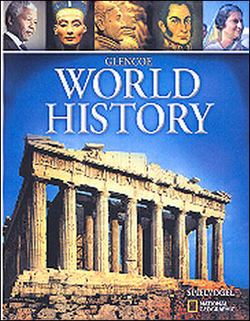1 A) petroleum B) steel C) coal D) chemicals 2 A) increased wages after 1870 B) lower prices for many manufactured goods C) new consumer goods in department stores D) inexpensive cars 3 A) Belgium B) the Netherlands C) France D) Russia 4 A) trade unions B) revisionists C) pure Marxists D) German Social Democratic Party 5 A) building socialism by evolutionary means B) the violent overthrow of the bourgeoisie C) hard work and good conduct D) women's right to work 6 A) became primarily domestic servants B) found opportunities as white-collar workers C) often joined the ranks of the feminists D) worked mainly at home 7 A) Widespread government corruption B) Universal suffrage C) Ministerial responsibility D) Income inequality 8 A) Germany feared aggression from Russia B) Germany feared that France would form an anti-German alliance C) as a military alliance between France and Russia D) as a response to the Triple Entente 9 A) impressionism B) modernism C) cubism D) abstract expressionism 10 A) Albert Einstein B) Herbert Spencer C) Sigmund Freud D) Charles Darwin 














